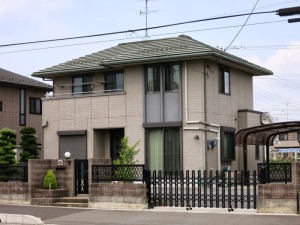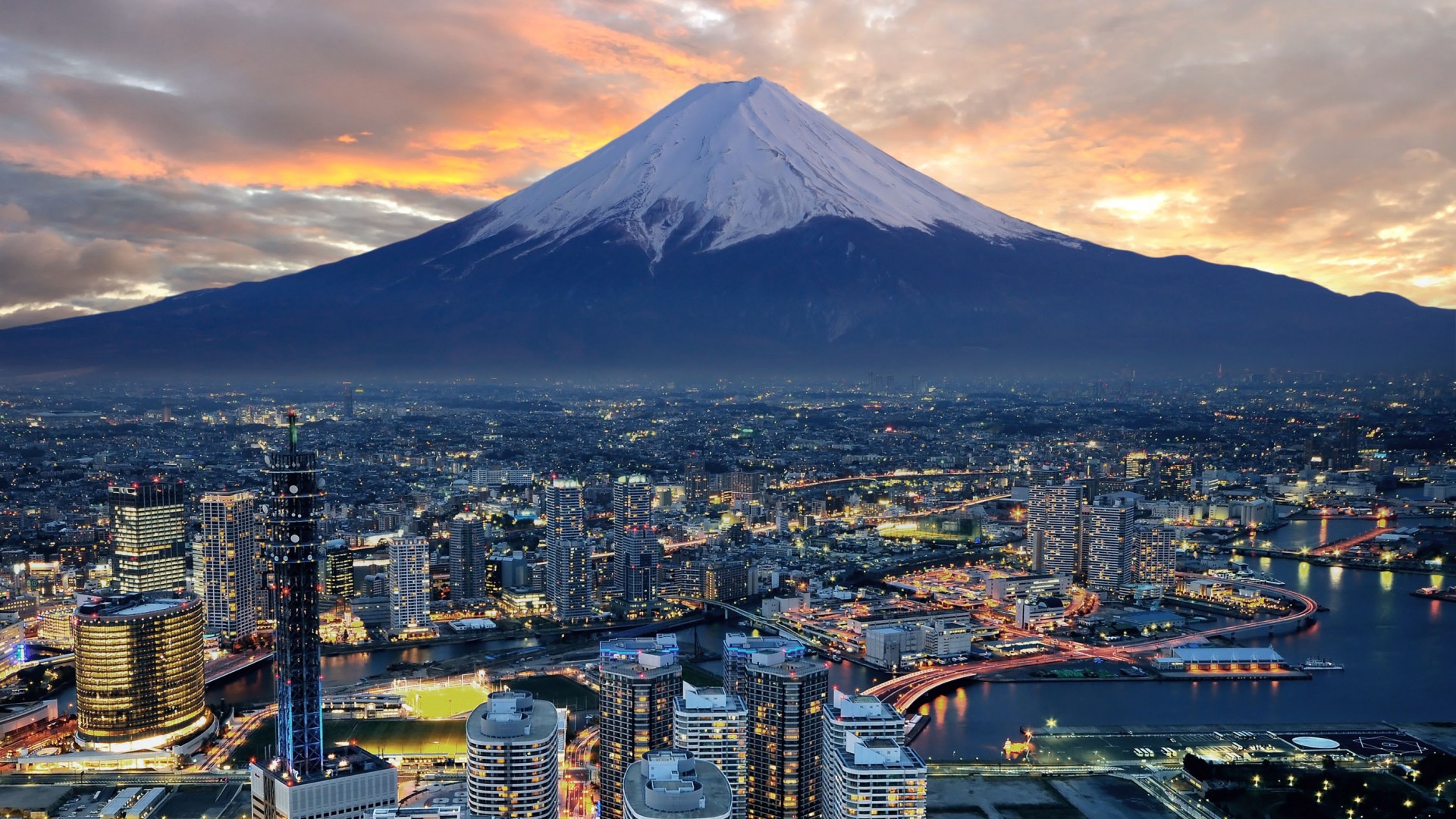Shrinking middle class
 Japan, the shrinking middle class, poverty, and single mothers
Japan, the shrinking middle class, poverty, and single mothers
In early 1990s Japan, you could meet hundreds of middle class Japanese without meeting anyone rich or poor. Roger Pulvers states that this sense of being middle class came with the economic boom of the 1970s and 80s. From Okinawa to Hokkaido, people all across Japan understand each other using what they called ishindenshin, a Japanese phrase meaning they could understand each other without taking. Then the boom was followed by a bust: the recession of the 1990s. The recession has continued since then, with only a few breaks. The myth of the middle class has faded; poverty has grown.
Japanese today no longer all say they belong to the middle class. While Japanese may not have been all middle class, the chasm between the rich and poor was nowhere near as wide as it is today. The Japanese underclass is growing as the recession continues and single mother families increase.
A July 2006 report from the Organization for economic Cooperation and Development stated that Japan suffered from one of the highest rates of relative poverty among OECD countries.Relative poverty is the percentage of the population living on one-half or less of the median income. On OECD report stated that relative poverty in Japan in the mid-2000s was approximately 15 percent, second only to the United States. The United States had an abysmal rate of 17 percent.
A labor and welfare ministry report in August 2007 showed that the Gini coefficient in Japan was a record high 0.5263 in 2005. The Gini coefficient, developed by Italian statistician Corrado Gini, measures the inequality of income or wealth. The closer the Gini coefficient is to one, the worse the inequality. The Gini coefficient was over 0.5 for the first time in Japan.
One out of every three workers in japan now has an irregular job. While some of these workers do not want permanent jobs, many of them do. Facing their own problems due to the recession, many business have let go many irregular workers. Many people in their 20s and 30s cannot find permanent work.
The numbers from 2007 tell a frightening story among millions of the 45.3 million people who worked for the entire year. At the bottom, 3.66 million people earned 1 million year or less. Moving up to between 1 and 2 million yen, there were 6.66 million people. A total of 10.32 million people earned under 2million yen for the year, a very small sum in Japan. As the economy has continued to decline, the number is probably much greater now.
Many children from low-income families especially single mother families have been deprived of the opportunity for higher education. When government aid for single parents was terminated in April 2009, the situation grew even worse. In Tokyo, the aid was approximately 23,000 yen per month. Many single parents are now unable to send their children to high school.





